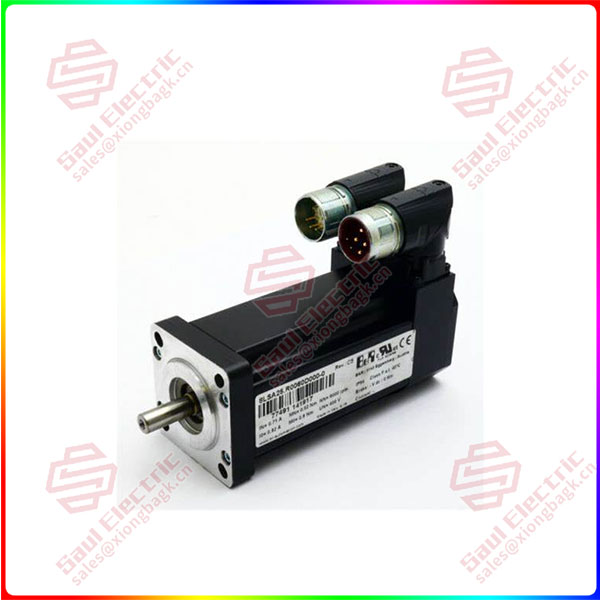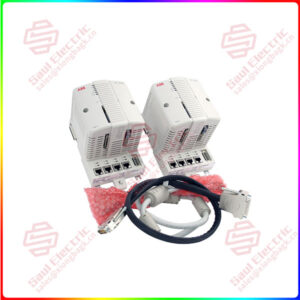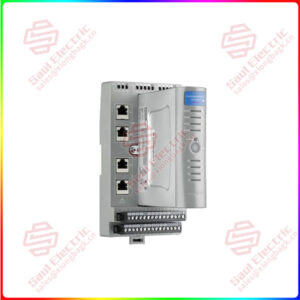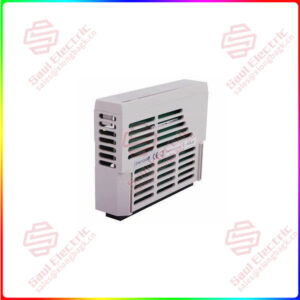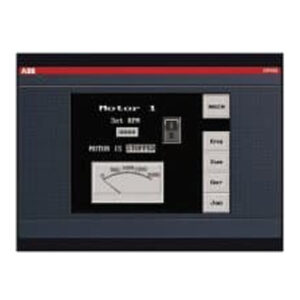Description
Overview
Essential details:8LSA34.R0030D000-0 8LS synchronous motors
lf you need to inquire or purchase ,please send the product models to my email or call medirectly .
sunny He
[Email] sales@xiongbagk.cn
[Mobile] 86-18059884797
[WhatsApp] 86-18059884797
[Skype] sales@saulcontrol.com
8LSA34.R0030D000-0 8LS synchronous motors
Secondly, the structure and characteristics of the two are also significantly different. 8LS synchronous motors typically have a compact construction, low weight and optical power density, and a precise encoder system. Thanks to its optimized torque fluctuation details, it shows impressive controllability. At the same time, synchronous motors usually have the characteristics of precise torque and simple mechanical structure, and are suitable for occasions where precise speed control and constant speed control are required.
The induction motor is usually composed of a stator (external magnetic field) and a rotor (internal magnetic field), which generates a rotating force through electromagnetic induction. The rotor of an asynchronous motor, typically made of a material such as aluminum or copper strips, is able to conduct an electric current and generate a rotating magnetic field. Asynchronous motor has the advantages of simple structure, low manufacturing cost, reliable operation and easy maintenance, so it has been widely used in industry.
Finally, the power supply methods and application fields of the two are also different. The stator armature winding of synchronous motor needs alternating current, while the rotor field winding needs direct current power supply. The stator winding of the asynchronous motor is powered by AC power, and the rotor does not need electricity. Therefore, in a specific application, the appropriate type of motor may be selected according to the power supply conditions and requirements.
In summary, there are significant differences between 8LS synchronous motor and asynchronous motor in working principle, structural characteristics, power supply mode and application fields. When selecting the motor, it is necessary to comprehensively consider the specific application requirements, working environment and power supply conditions.


 1 Year Warranty
1 Year Warranty
